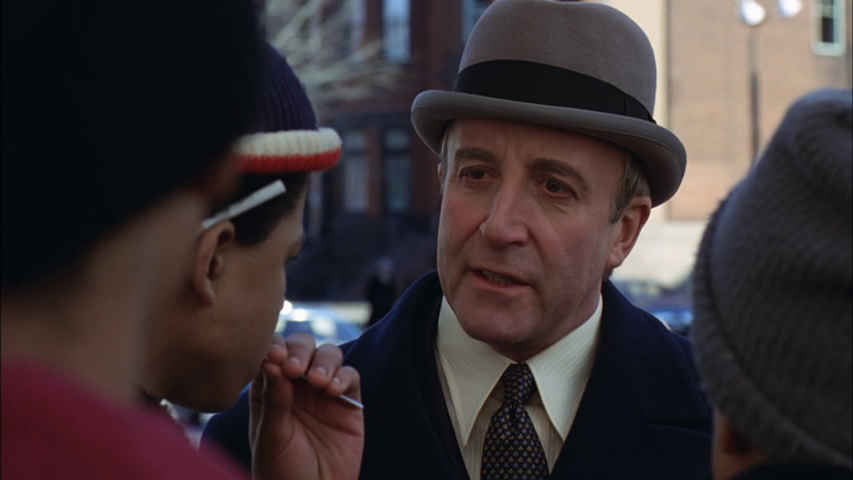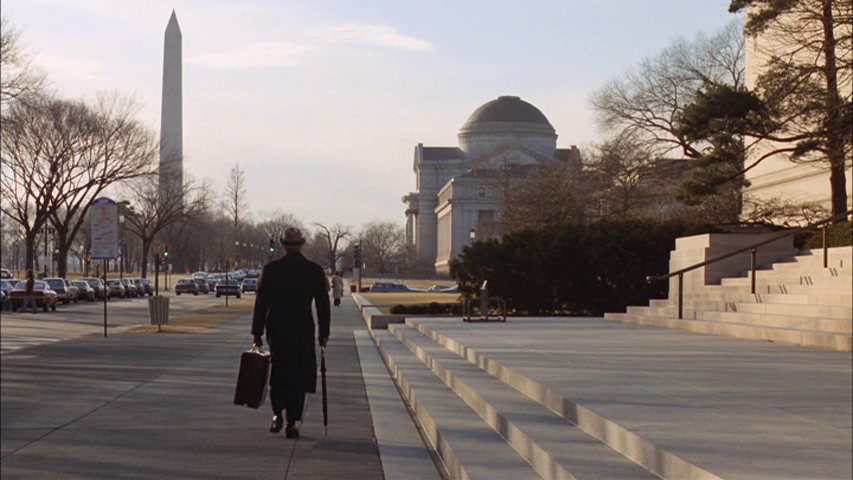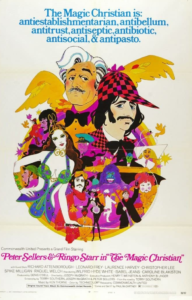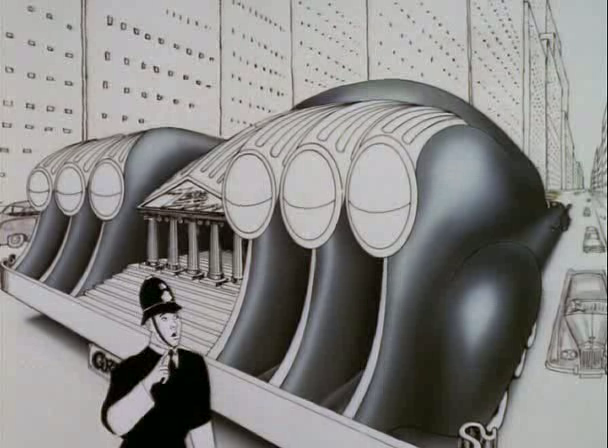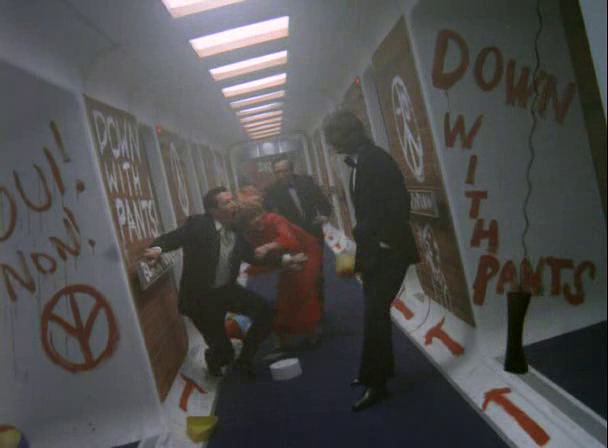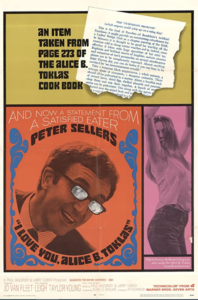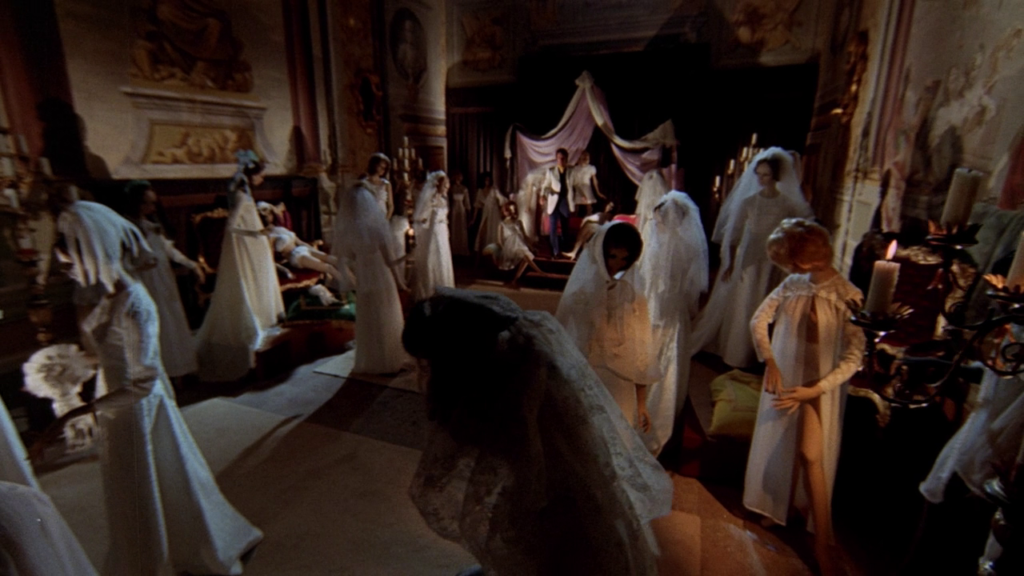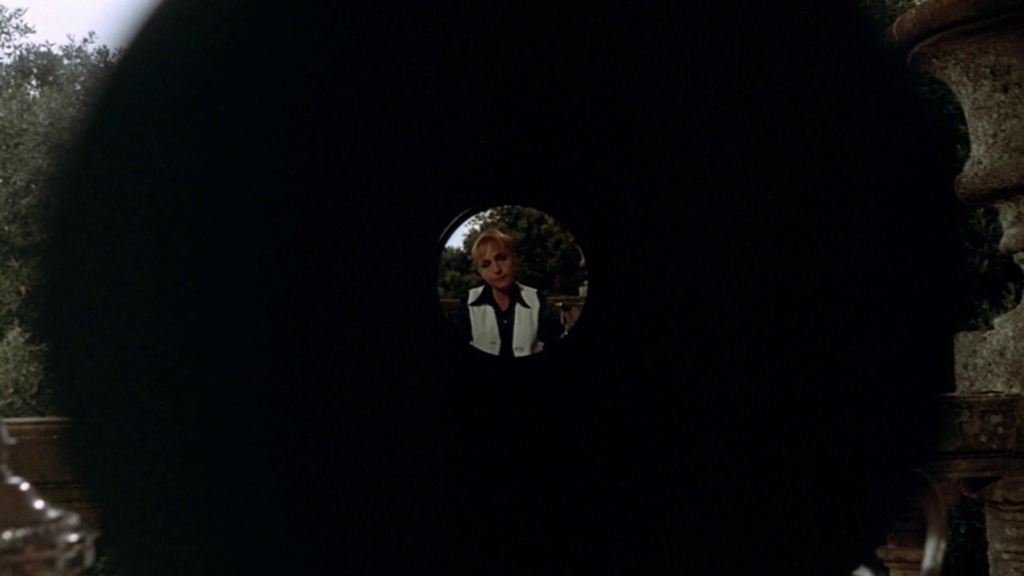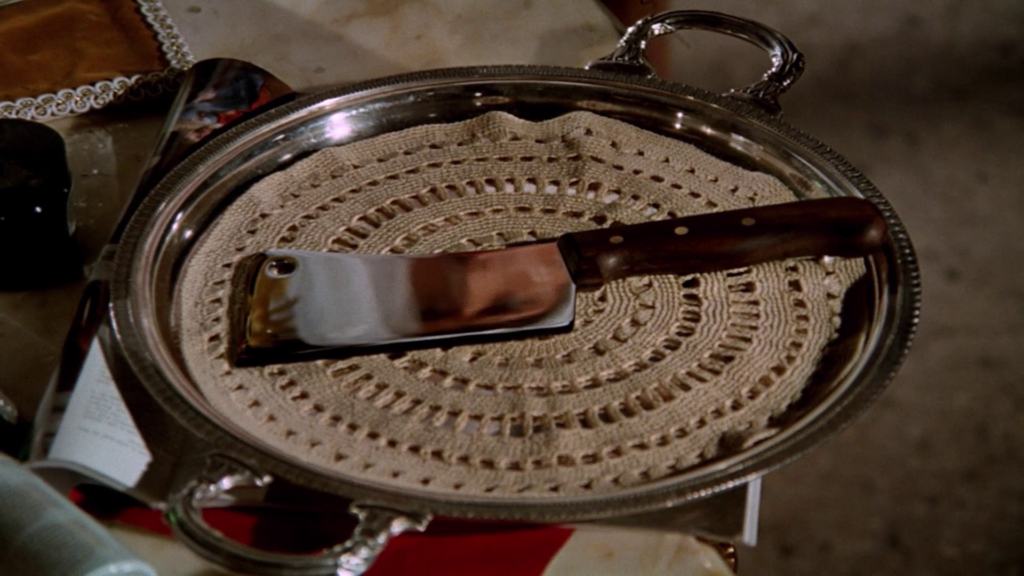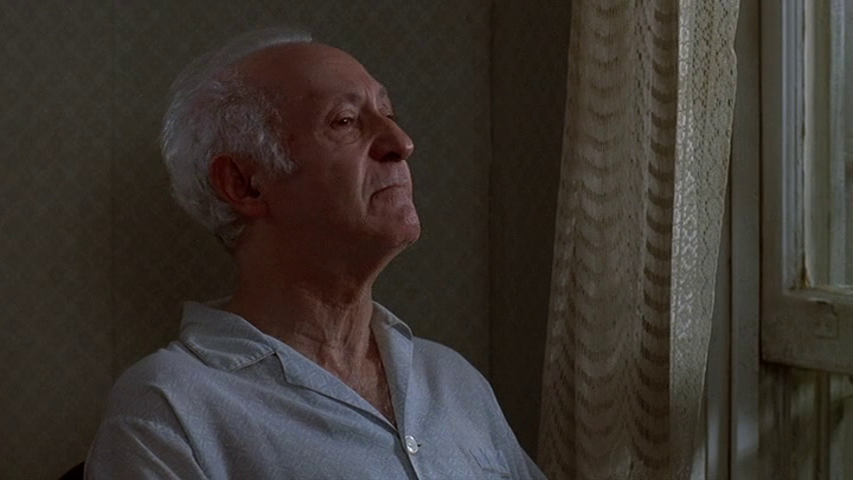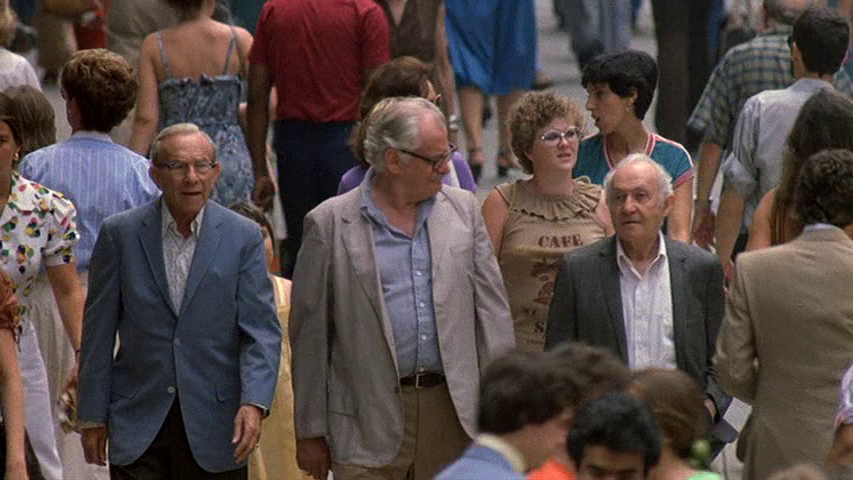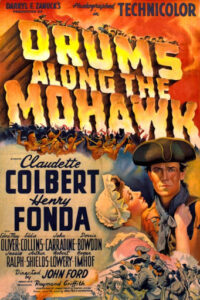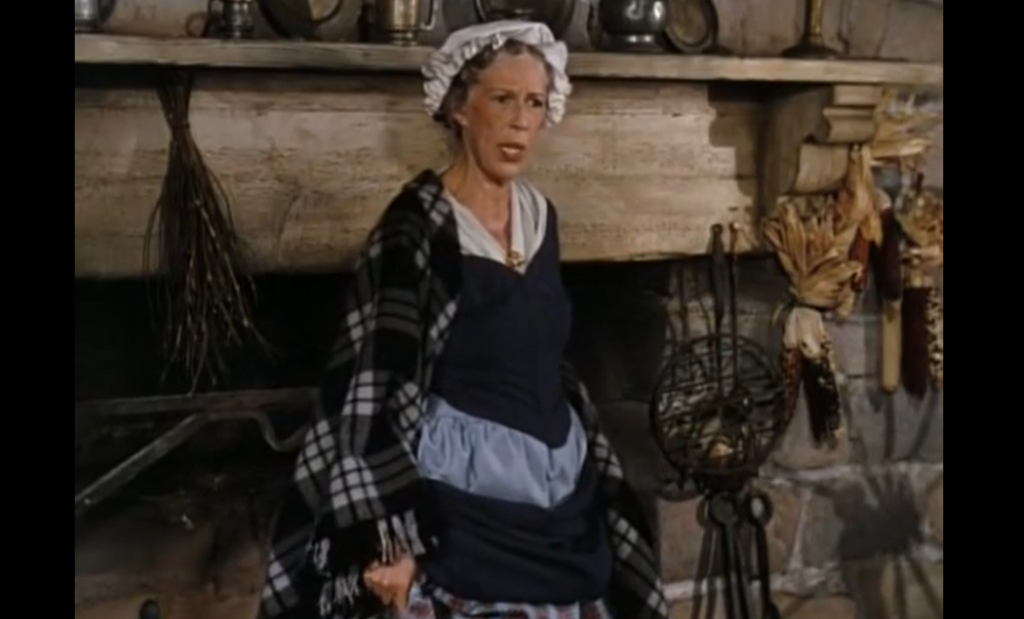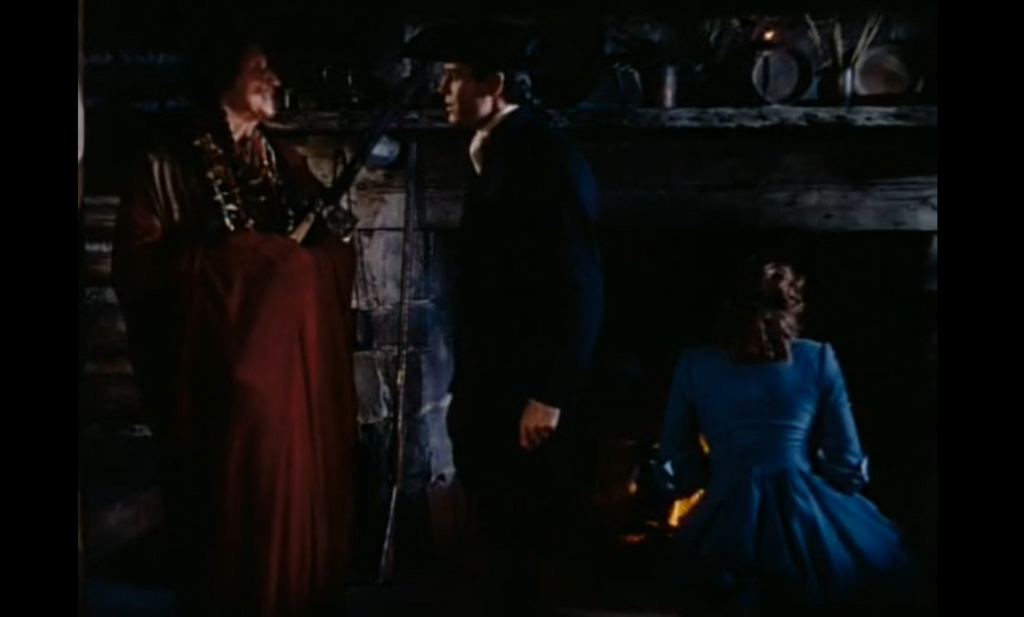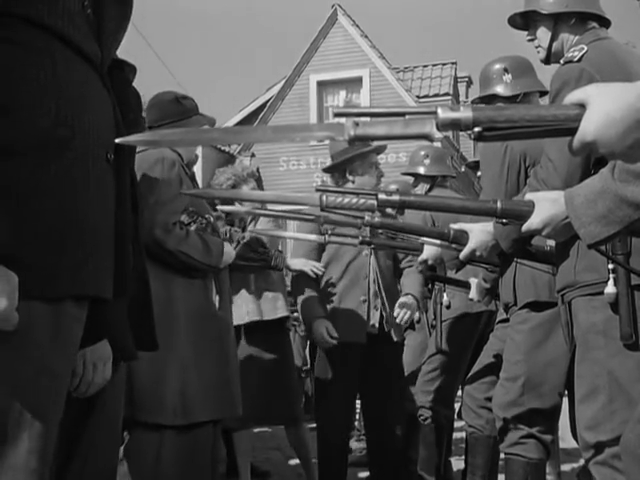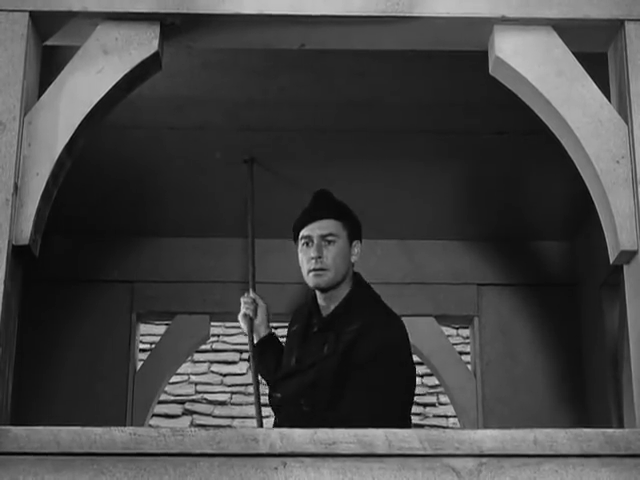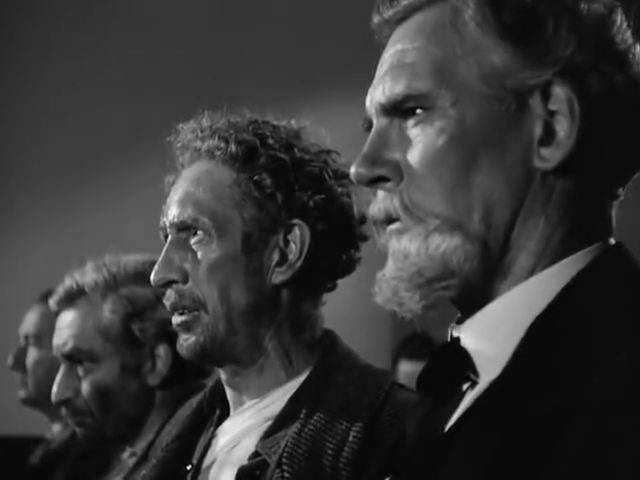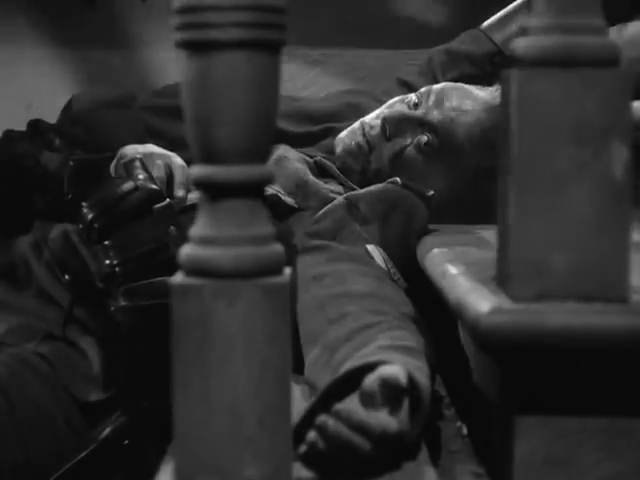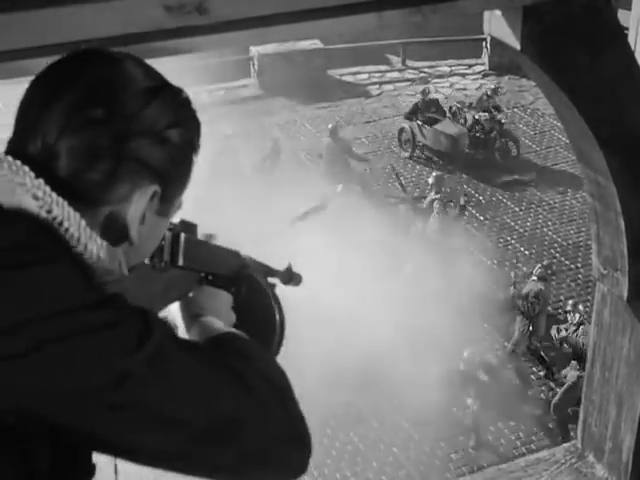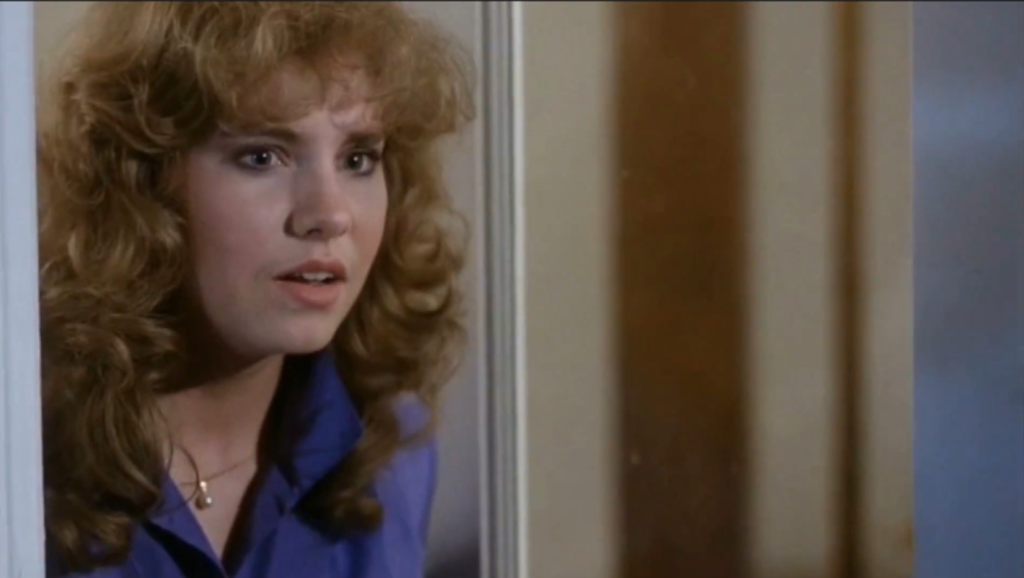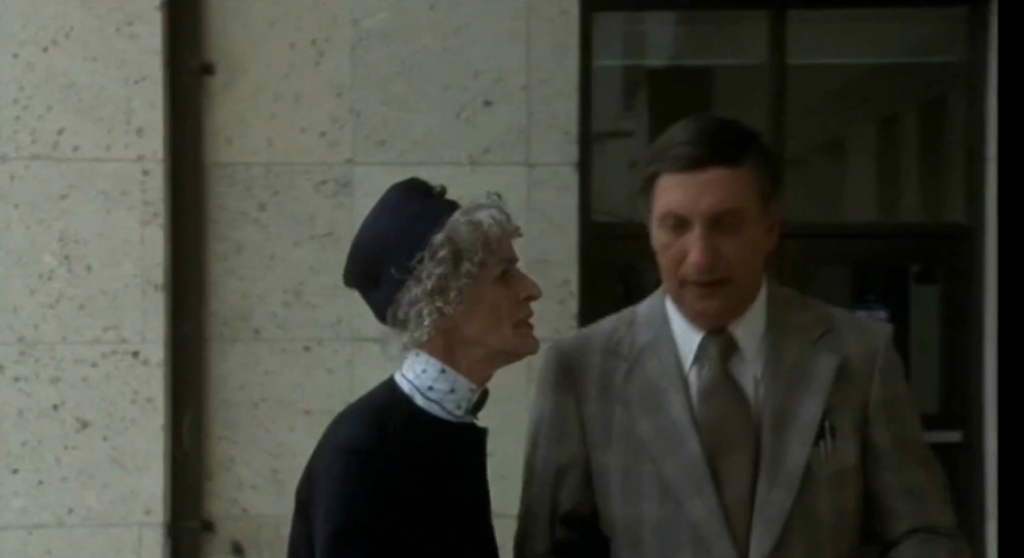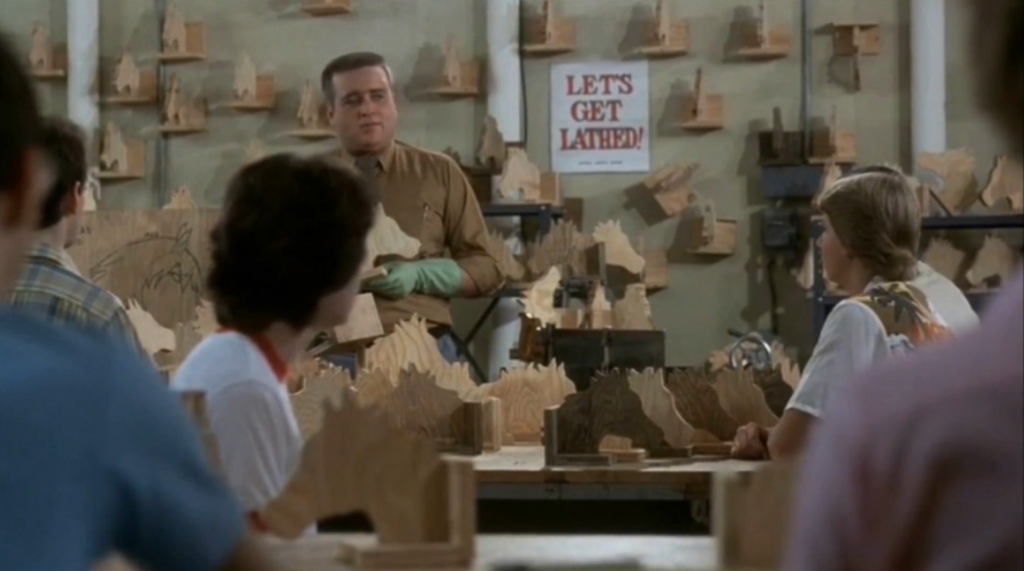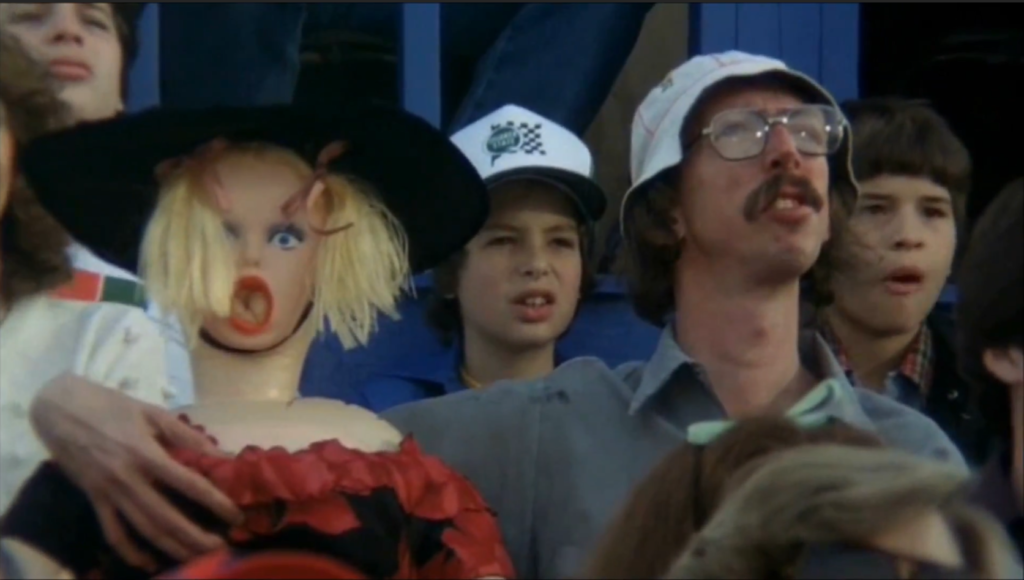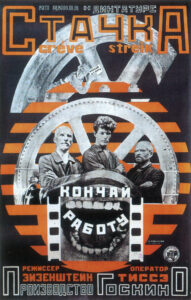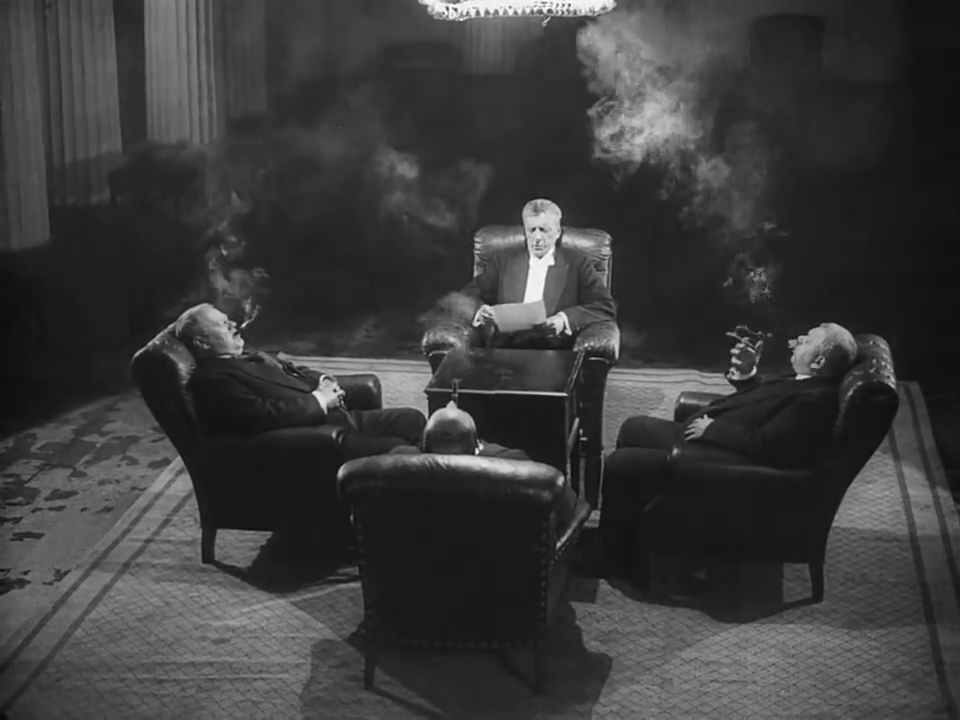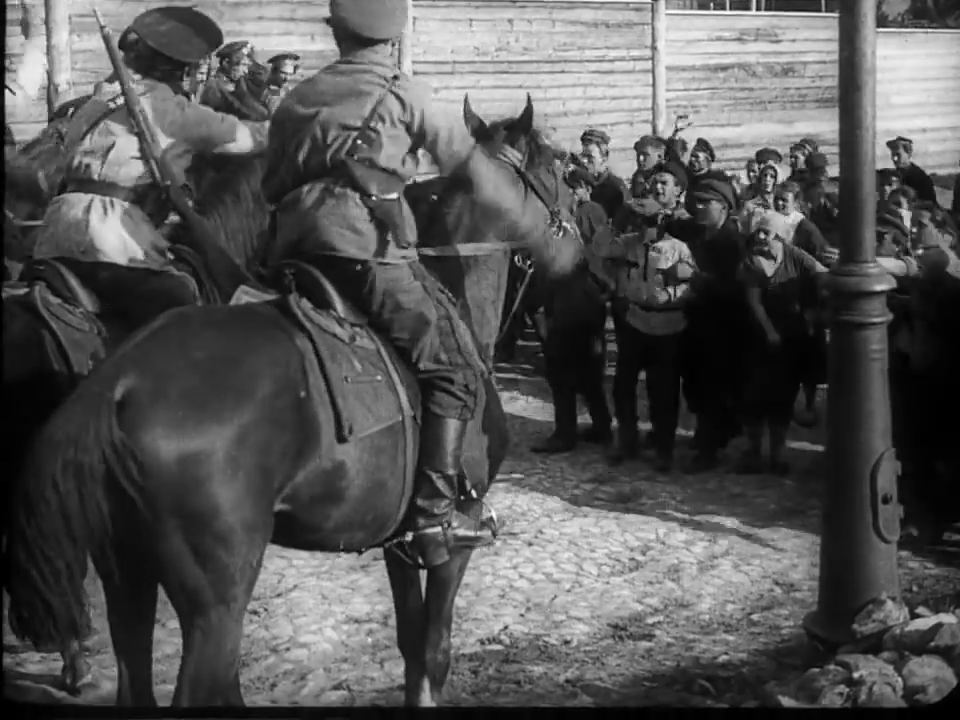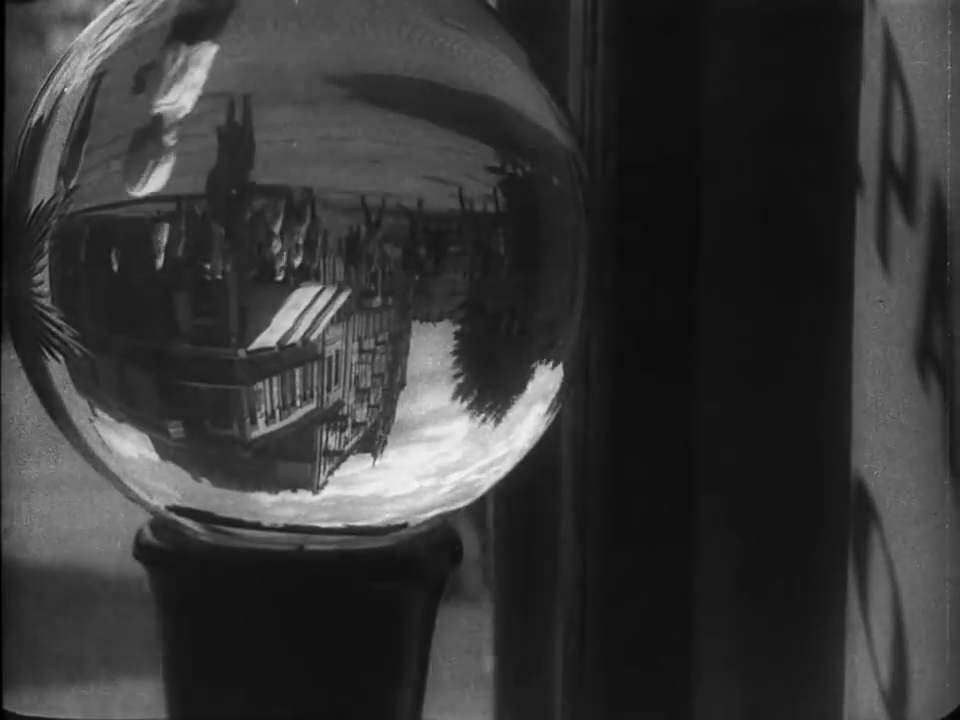|
Genres, Themes, Actors, and Directors:
- Airplanes and Pilots
- Jean Harlow Films
- Love Triangle
- World War I
Review:
Eccentric billionaire Howard Hughes only directed two films in his notorious career as an aviator, movie producer, and philanthropist: The Outlaw (1943) with Jane Russell and this early rival to Wings (1927), about aerial fighters in World War I.

Hell’s Angels has a truly infamous production history, and TCM’s article provides plenty of behind-the-scenes information about the film:
A year and a half into the production of Hell’s Angels, Hughes had lost his wife (to divorce), two stunt pilots and a mechanic (killed filming the movie’s stunning aerial sequences), two directors (Marshall Neilan and Luther Reed; Howard Hawks and Edmund Goulding were also among those said to have worked on it), and more than $2 million. And he still had roughly 2 million feet of unedited silent footage in a market that virtually overnight was clamoring for talkies. Rather than scrap the whole thing, Hughes decided to add sound to the air footage and re-shoot the dialogue sequences.
Given this decidedly rocky trajectory, it’s impressive that the film coheres as well as it does — though it’s not exactly seamless. Opening scenes featuring Lyon bowing out of a duel with the husband (Lucien Prival) of a woman he’s been having an affair with — and Hall taking his place — are atmospherically filmed but don’t do much for the storyline other than present the brothers as a caddish coward (Lyon) and a foolish martyr (Hall).
Meanwhile, 18-year-old Harlow’s performance isn’t nearly as bad as accounts would lead you to believe; it’s easy to see how she turned into one of cinema’s most alluring sirens.
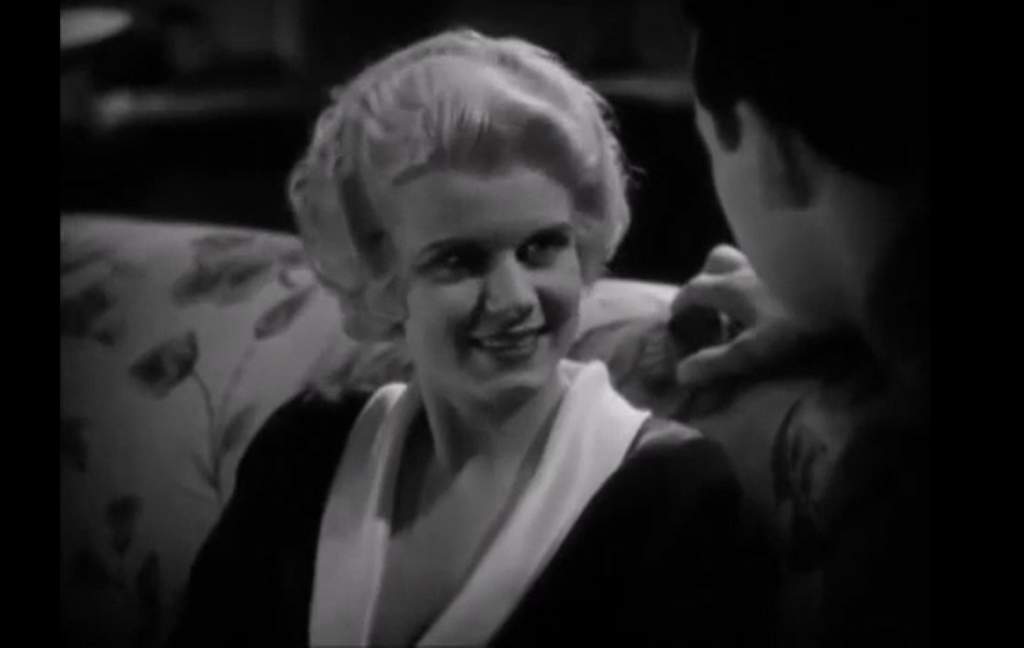
The best aspect of the film by far, however, are the stunning aerial “dog fights”, shot at great cost (both literally, and in terms of human lives lost). Also notable is a sequence in which German dirigible crew members are ordered to jump to their deaths in order to “lighten the load”; this is, as DVD Savant writes, a “disturbing and macabre scene.”
Note: This film’s production was a major narrative component in Martin Scorsese’s The Aviator (2004), a biopic about Hughes starring Leonardo DiCaprio.
Redeeming Qualities and Moments:
- Fine cinematography

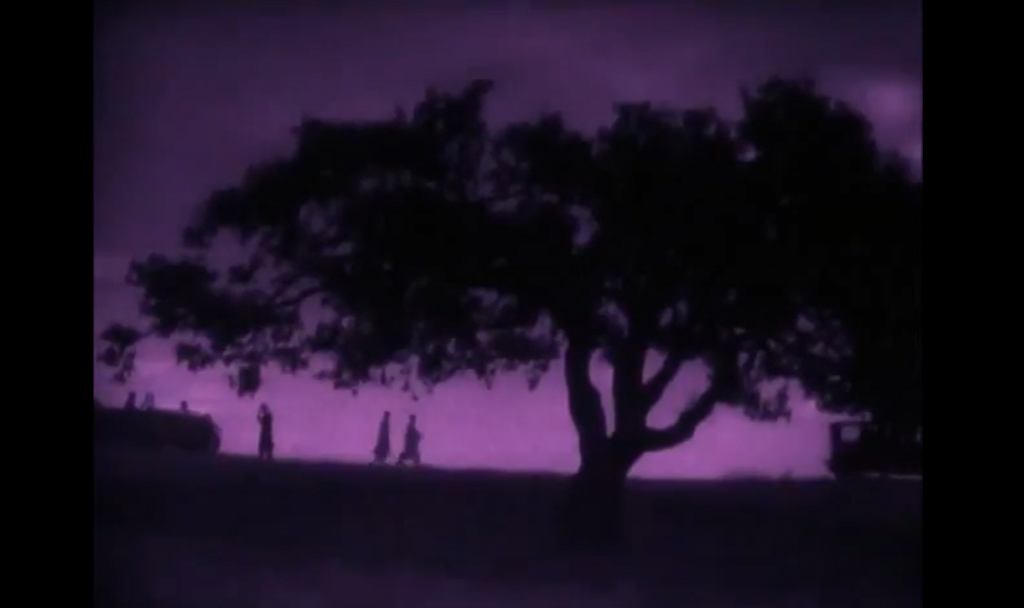
- The completely eerie “dirigible death drop” scene
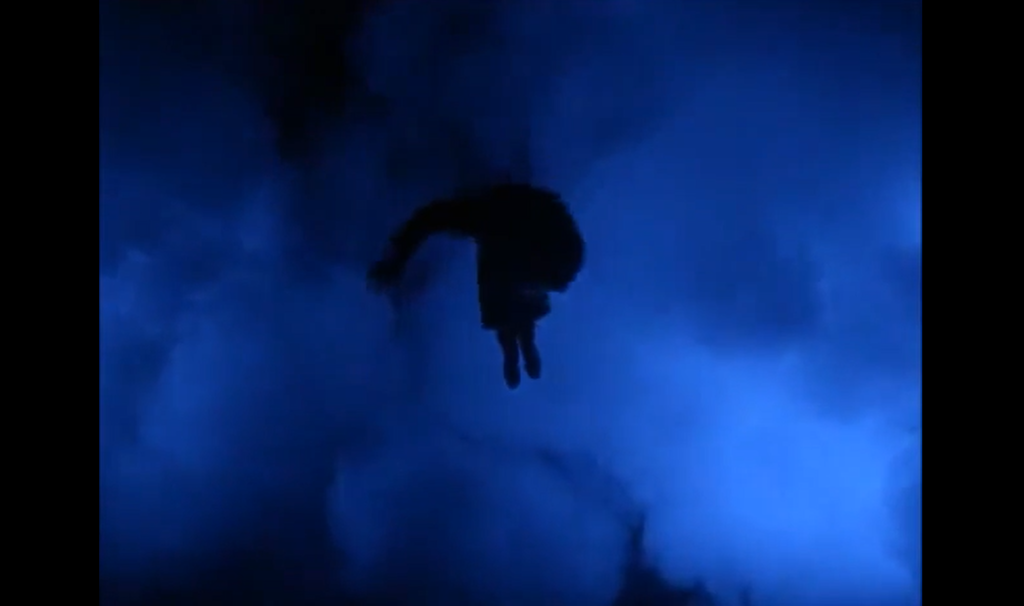
- Exciting aerial sequences
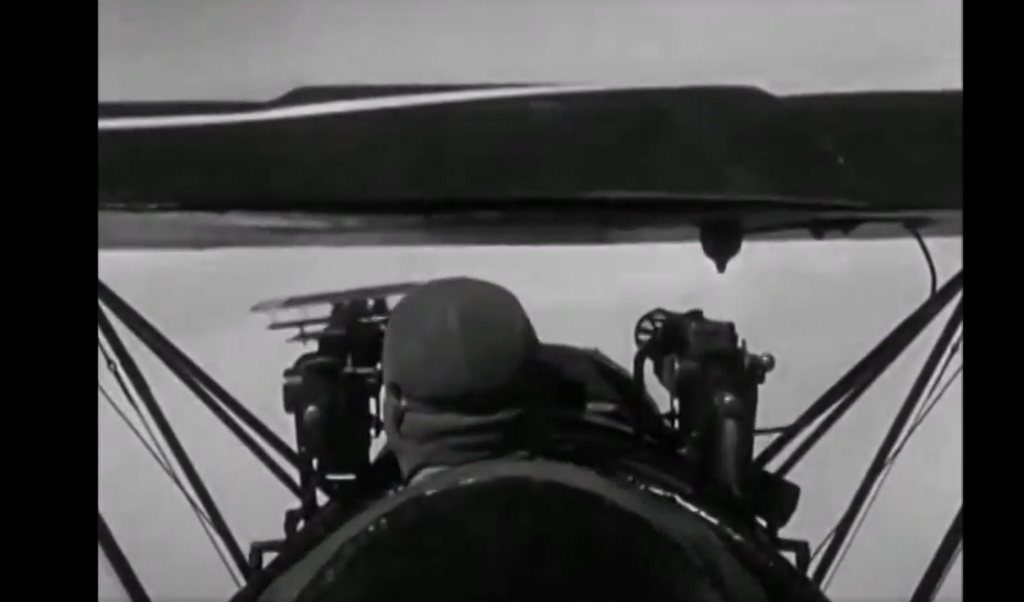
Must See?
No, though it’s worth a look given its notoriety. Listed as a film with Historical Importance in the back of Peary’s book.
Links:
|

